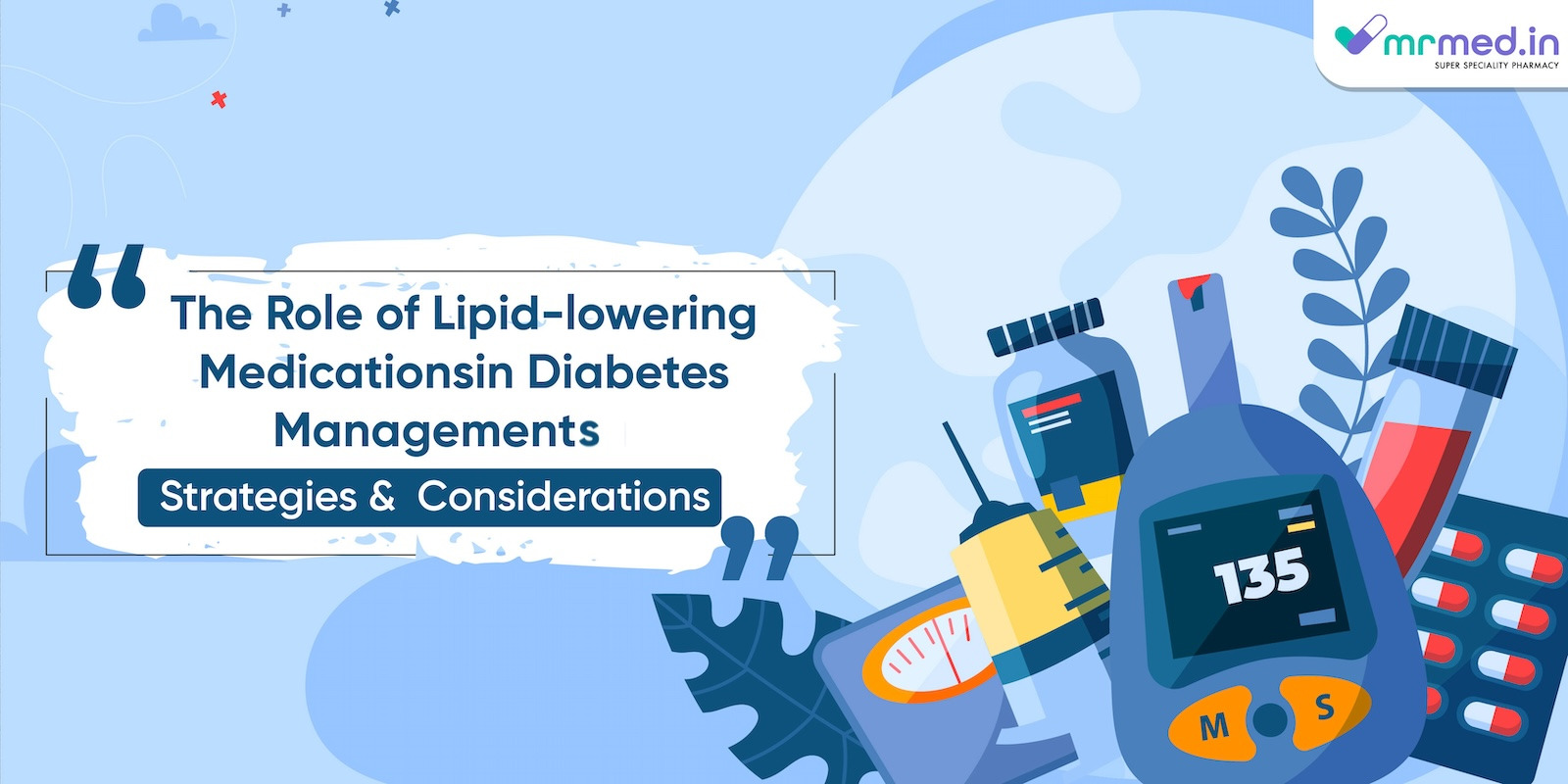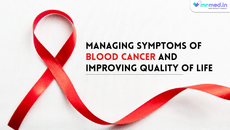Are you an individual suffering from diabetes mellitus? You must be aware of the condition called diabetic dyslipidemia.
Diabetes mellitus can negatively influence the lipid levels in the body and increase cholesterol levels in the body. This condition is called diabetic dyslipidemia. Diabetic dyslipidemia is a condition that refers to the particular pattern of abnormalities that occurs in lipid metabolism. It is a condition where the patient will have elevated triglycerides, elevated levels of low-density lipoprotein, along with low levels of good cholesterol known as high-density lipoprotein. It is a common complication in patients with diabetes mellitus where the cholesterol and lipid levels will be out of balance and create some complications that may cause heart problems.
What causes diabetic dyslipidemia?
Diabetic dyslipidemia can be caused by,
- Diabetes mellitus that causes insulin resistance, which is essential in causing dyslipidemia. This resistance causes reduced glucose uptake from the bloodstream. As a result, the human liver converts the excess glucose in the circulation into triglycerides, leading to elevated triglyceride levels. Diabetes mellitus will alter the rate of lipid metabolism, resulting in disruption of normal lipoprotein metabolism that causes elevated low-density lipoprotein and triglycerides.
- Being obese can also be a causative factor for diabetic dyslipidemia.
- Consuming foods high in fats [saturated fats] like butter, ghee, coconut oil, red meat, etc.
What are the symptoms of diabetic dyslipidemia?
- Chest pain
- Shortness of breath
- Fatigue
- Blurred vision
- Increased frequency of urination, especially at night
- Unusual weight loss
- Nausea and heartburn
How to diagnose diabetic dyslipidemia?
Individuals with type 2 diabetes should monitor their fasting lipid profile. If the patient's lipid value is average, the test can be repeated after one year. If it is abnormal, it should be repeated every four to six months.
How is dyslipidemia treated in diabetic patients?
The effective ways to treat diabetic dyslipidemia are in your hands. In addition to the medications available, certain lifestyle modifications must be followed to get rid of dyslipidemia.
Here are ten ways to treat dyslipidemia:
- Statins: Statins are the first medication choice that helps lower patients' LDL cholesterol levels. It is a class of medication that belongs to the HMG-CoA reductase inhibitors class, which helps reduce the production of bad cholesterol (LDL) inside the liver.
- Ezetimibe: This medication decreases cholesterol absorption in the intestines and can be used alone or in combination with a statin.
- Fenofibrate: These medications primarily target triglyceride levels and can also increase HDL cholesterol. They may be prescribed in combination with statins.
- PCSK9 Inhibitors: It significantly reduced LDL, in particular, oxidized low-density lipoprotein without causing any adverse reaction on the glycaemic index of diabetic patients.
- PPAR Agonist: Bilypsa 4mg tablets are medicines containing an active ingredient called Saroglitazar. It belongs to a class known as a dual peroxisome proliferator-activated receptor (PPAR) agonist. It is used to treat diabetic dyslipidemia and hypertriglyceridemia (high level of triglycerides in the blood) in patients with type 2 diabetes mellitus that is not controlled by statin medication.
- Bile acid sequestrants: These pills help eliminate excess bile acids, which can reduce LDL cholesterol. They are not as effective as statins, but they can be a viable alternative if other medications are not an option.
- Antidiabetic medicines and cholesterol-lowering medicine: It plays a crucial role in reducing the risk of diabetic dyslipidemia and cardiovascular events.
- Dietary Changes: It is recommended to adopt a diet that contains a low saturated and trans fat content and is rich in fruits, vegetables, whole grains, and lean proteins to maintain lipid levels.
- Regular Exercise: Regular physical activity is crucial for improving insulin sensitivity and lowering triglyceride levels.
- Weight Management: It is crucial to maintain an ideal weight to manage diabetes dyslipidemia in individuals.
Parting Words
Diabetic dyslipidemia is a crucial condition that can lead to serious health problems if untreated. By understanding what causes it and taking steps to manage it—with medicines and lifestyle changes—you can keep your heart healthy and live your best life. Consult with your healthcare provider to get your best medicine for diabetes and dyslipidemia.




